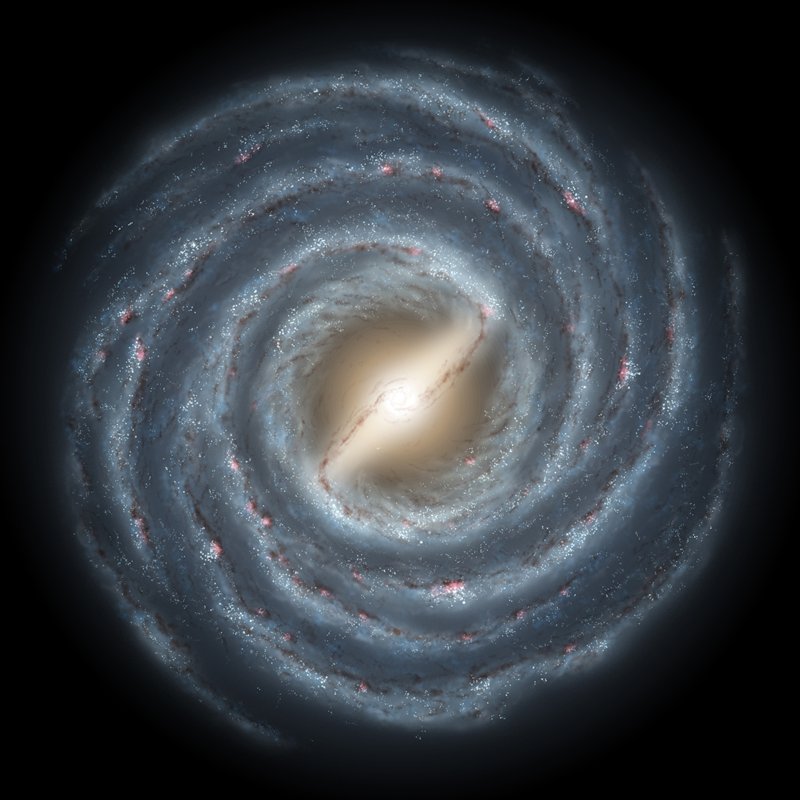


The disc of stars and space orbiting around the bulge creates separate spiral arms in the galaxy.Ī spiral galaxy consists of millions of globular clusters apart from a disc of stars that revolve around the center of the entire galaxy. In the spiral galaxies, the dark matter movement is guided by a structured rotation path- orbital movement, unlike other galaxies that do not possess such rotations. A spiral nebula encircles the flat disc in a spiral galaxy. They have a circular, flat disc surrounded by spiral arms with dark matter concentrations and fewer stars. Roughly two-thirds of all spirals have a bar structure that begins at the end of the central bulge, with spiral arms branching off of it. It is these stars that make the spiral brighter than the surrounding galactic disk. Spirals are branched out arms with clusters of young, hot stars in them. A halo of stars sometimes surrounds these. Most spiral galaxies have a bulge in their center, which is composed of stars. Spiral galaxies are a part of the Hubble sequence, and they consist of a flat disk, rotating with stars, gas, and dust. Some spiral galaxy examples are Pinwheel Galaxy, Andromeda Galaxy, Sunflower Galaxy, Triangulum Galaxy, and Whirlpool Galaxy. Spiral galaxies are just one of many different types of galaxies.

They can contain multiple spiral arms and are known for their clusters of new star formations. The spiral galaxy is the most commonly observed galaxy shape in the universe. The gas and dust in the interstellar medium are the raw materials from which stars form. It contains somewhere between 100 and 400 billion stars, depending on the type and size of the galaxy. The galaxy is a vast system of stars, gases, and dust that makes up the universe.


 0 kommentar(er)
0 kommentar(er)
